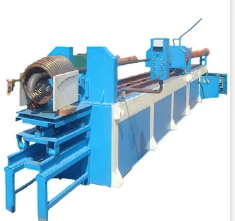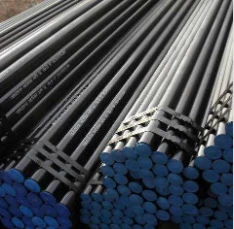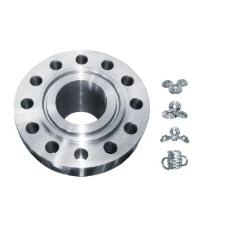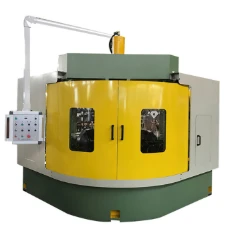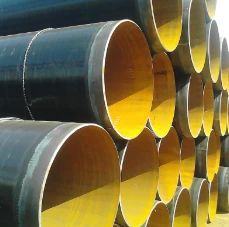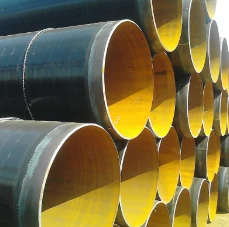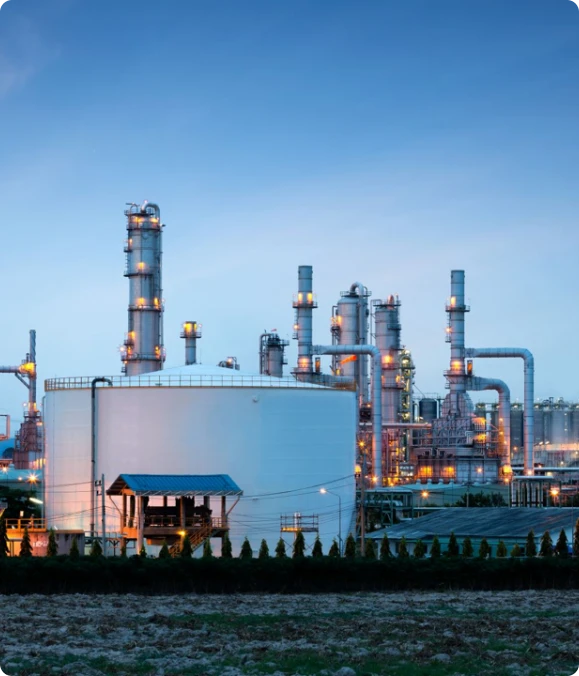
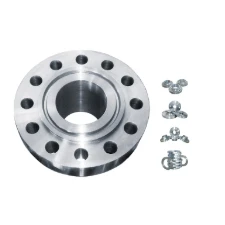
While exploring ASTM A106 equivalents, it's critical to evaluate the welding capabilities of each candidate material. The welding process can significantly impact joint integrity, and specific materials require customized welding techniques to maintain structural soundness. Consulting with metallurgical experts or utilizing ASME Section IX qualified welders ensures the welding aligns seamlessly with material properties. Industry experts emphasize that beyond mechanical properties, factors such as supply chain reliability, material certification, and environmental compliance play significant roles in the selection process. Establishing strong partnerships with reputable suppliers who offer readily available, certified materials can mitigate risks associated with delays and quality discrepancies. Ultimately, the key to selecting the best equivalent material lies in understanding the project's environmental demands, pressure requirements, and long-term performance expectations. By leveraging authoritative advice, conducting thorough assessments of available materials, and utilizing advanced tools for material comparison, project managers and engineers can make informed decisions that balance cost, performance, and compliance with industry standards. In the realm of procurement and engineering, staying informed about material advancements and regulatory changes is essential. Continuous learning and engagement with technical forums, industry conferences, and certification bodies can enhance professional expertise and ensure that decisions made today will stand the test of time in meeting safety, efficiency, and sustainability goals.
Post time: يناير . 25, 2025 20:14
Prev:
Next:










